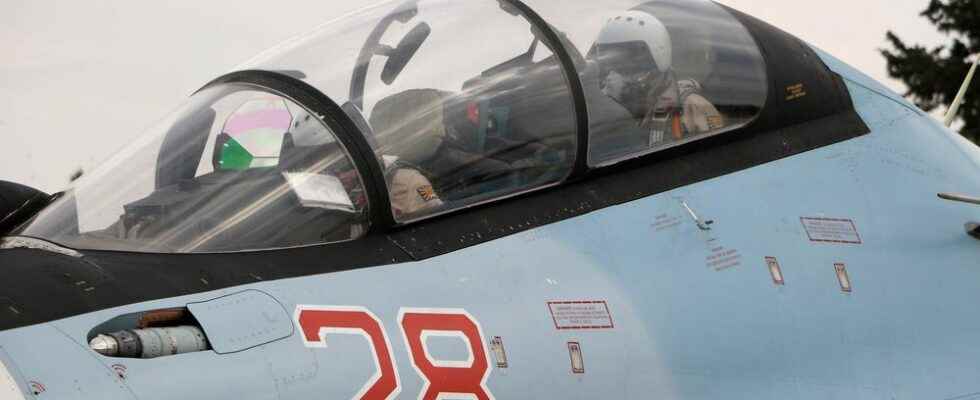When he puts on his ceremonial uniform, the medals cover his braided jacket. This could soon be enriched with new decorations that should be worth to him the invasion of Ukraine. General Valery Guerassimov is “a soldier to the root of the hair”, described his Minister of Defense, Sergei Shoigu. Less exposed to the media than the latter, he nevertheless plays a fundamental role in the offensive launched on February 24 by Vladimir Putin, who made him the chief of staff of his army in 2012.
Both theoretically and operationally, this man, wearing a hard and closed face during his rare public appearances, set the modernization of the Russian forces to music. He has often been presented as the theoretician of Russian-style “hybrid warfare”, this destabilization of the adversary without sounding the guns. “Long-range, non-contact actions against the enemy become the primary means of achieving combat objectives,” he wrote in a article from 2013 to denounce Western interference during the Arab revolutions and color revolutions against pro-Moscow regimes.
This analysis has accompanied the development of new destabilization tools by Russia, such as the RT channels and the Sputnik news site aimed at a foreign audience. Added to this are cyber attacks and attempts to manipulate electoral processes, such as during the US presidential election that resulted in the election of Donald Trump. “Guerasimov emphasized in his speeches the importance of using non-military means in peacetime,” confirms Katarzyna Zysk, a professor at the Norwegian Institute of Defense Studies.
A Su-30SM at the Russian military base in Hmeimim, Syria, before a mission, December 16, 2015.
afp.com/Paul GYPTEAU
So many actions linked to an alleged “Guerassimov doctrine”. An expression nevertheless rejected by specialists. “It is not a doctrine, even if there is an adaptation of speeches to means of conducting war that did not exist 30 years ago, such as the cyber, the development of artificial intelligence, the use of social networks as a propaganda tool and others”, explains Thibault Fouillet, researcher at the Foundation for Strategic Research.
“The speeches that Guerasimov was able to make correspond to a change: Moscow considers that politics is the continuation of war by other means – and no longer the reverse – and that Russia is the target of a war, without contact, of the West”, specifies Olivier Schmitt, director of studies and research at the Institute for Advanced National Defense Studies (IHEDN).
A man of wars
The vast offensive launched on Ukraine is the third war he has led for the Russian president. First there were the 2014 operations in Ukraine, with the surprise annexation of Crimea by special forces, before the clandestine involvement of Russian troops and equipment giving the advantage to the Donbass separatists against Kiev. Finally, the military engagement in Syria from 2015. So many theaters of operations where Russian troops have gained valuable experience.
Before that, Guerassimov had notably commanded the 58th North Caucasus Army during the second conflict in Chechnya (1999-2000). The opportunity for this officer trained in the armored troops to see how the Russian forces had fallen behind in their professionalization. When he was appointed head of the General Staff, the reform of the army had already been launched to fill the gaps in the offensive on Georgia in 2008 – dilapidated equipment, communication problems, indiscipline. But it was he who led, under the authority of Sergei Shoigu, the upscaling of Russian troops.
The objective of being able to conduct high-intensity wars led him to set up “battalion tactical groups” (BTG), the principle of which was exposed in a speech where he insisted on the use of “rapidly projected, modular and autonomous troops”. “It is a question of grouping together companies drawn from different regiments (infantry, armored vehicles, artillery), as Westerners have been doing since the turn of the 2000s”, explains Olivier Schmitt. A formula that seems to be proven in Ukraine.
